What can you grow in a hydroponic garden? Experts explain how to use them for lush indoor planting
Knowing what you can grow in a hydroponic garden is the first step to having a more sustainable lifestyle, and vegetable and flowers indoors all year round
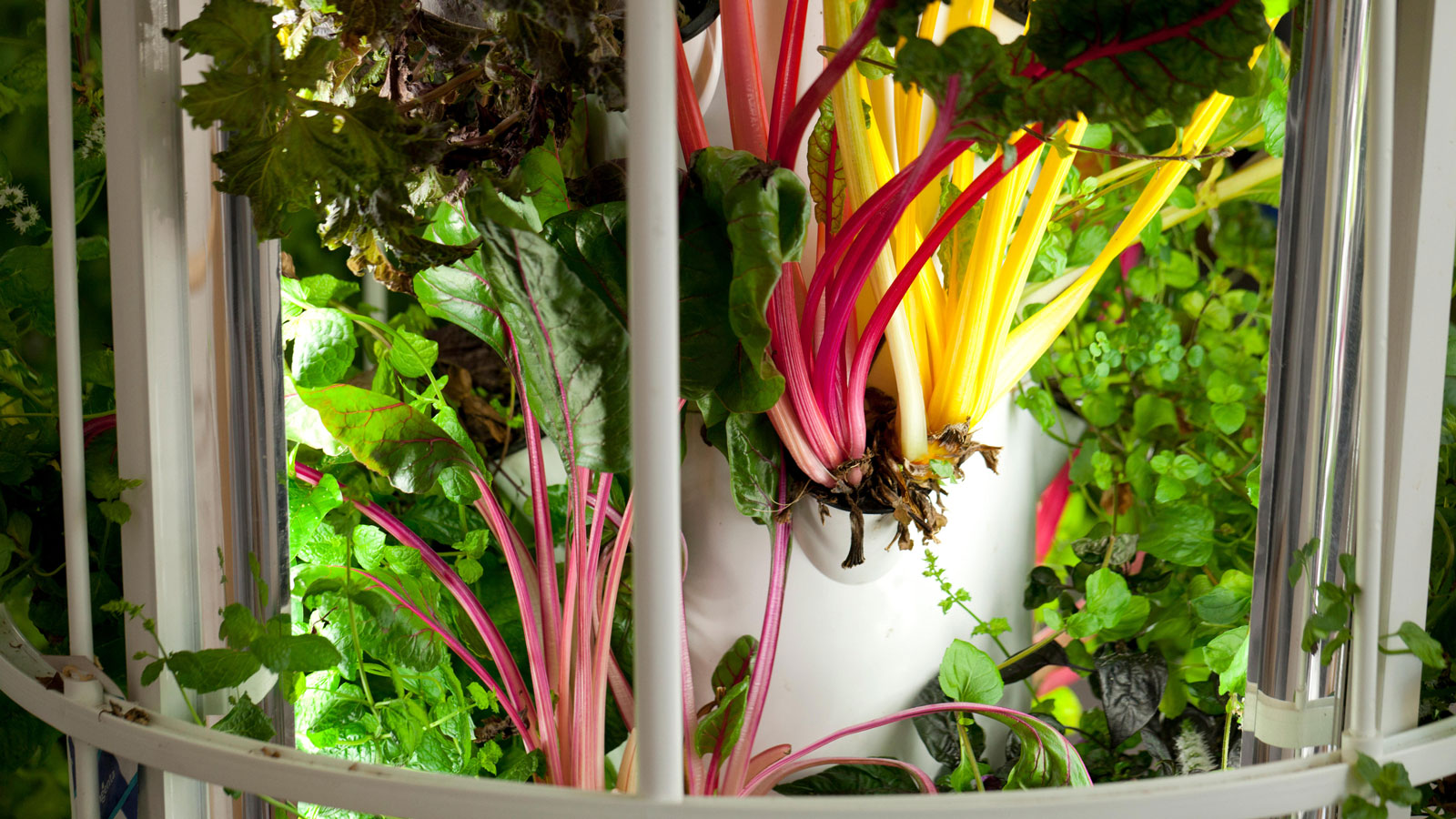
The hydroponic gardening trend is an easy solution if you live in the city and are keen to grow your own fresh nutritious produce. It allows you to nurture plants in small spaces without soil, using just water.
It's a great idea if you have a roof garden or are considering a living wall or any other type of vertical growing on a balcony, where it can be difficult to get soil in place, especially if you're at the top of your building. It also works well for an indoor garden, and there are plenty of stylish and compact countertop indoor plant growing systems and sleek grow towers to choose from.
In theory any plant can be grown hydroponically but in practice it's most widely used for crops that would ordinarily be grown in a greenhouse, such as the salad bowl staples of tomatoes and cucumbers, as well as lettuce and other leafy greens like spinach and kale.
Most easy ways to start hydroponic gardening focus on flowers and indoor plants. This means it's simple to have a productive fruit, vegetable and flower garden even if you don’t have access to traditional gardening methods.
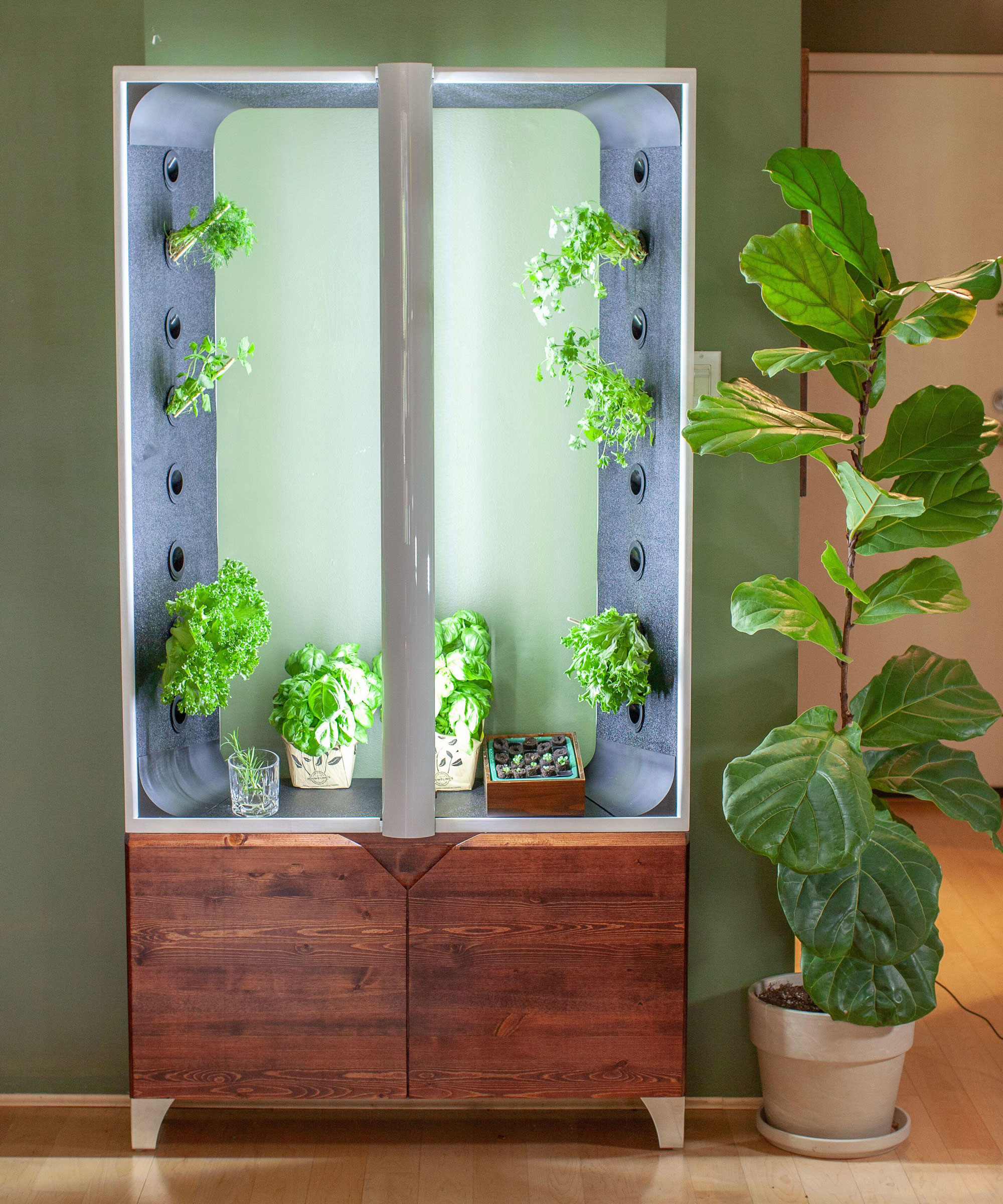
The best hydroponic gardening systems slot right in to your interior aesthetic
8 of the best crops to grow in a hydroponic garden
Depending on the hydroponic gardening system you opt for, in addition to vegetables and salad crops the list of what you can grow in a hydroponic garden includes herbs, annual flowers, houseplants, and fruit - even canteloupes.
'The main characteristic of a plant that is well suited to hydroponic gardening is that it can easily fit under the lights of your system,' says Angelo Kelvakis, master horticulturalist and head of R+D for risegardens.com.
Here are 8 of the most reliable options to choose for consistently good results if you are wondering what you can grow in a hydroponic garden.
1. Herbs
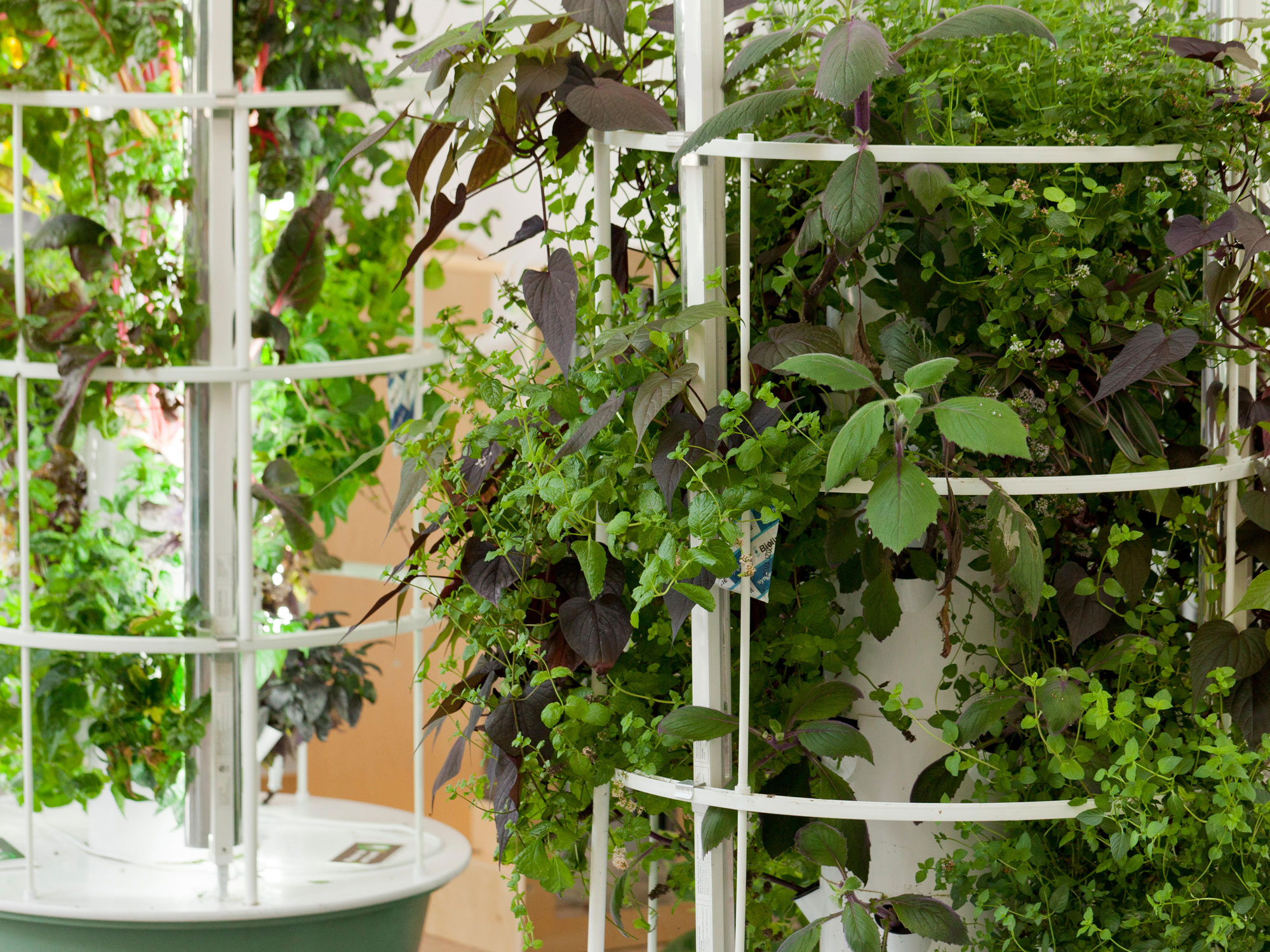
Now you can have fresh herbs on demand with a neat hydro grow tower
'Many green leafy herbs are perfect for home hydroponic systems,' says Mary Jane Duford, gardening expert, founder of Home for the Harvest and certified permaculture garden designer. 'These include basil, parsley, cilantro, and mint. A small countertop hydroponic system can easily keep you supplied with enough fresh herbs for a single household.'
Most herbs perform well, but some may start growth very slowly before exploding in size - it's best to start off with what herbs grow best in a kitchen anyway, like basil, mint and cilantro. 'Woody herbs like rosemary, thyme, and oregano may take some time to sprout, but once established will produce plenty of stems and leaves to continually harvest from,' says Angelo Kelvakis.
Choose an easy set-up on your countertop like this small hydro garden design from Amazon and you can grow your own herbs 365 days a year. Opt for styles with energy efficient 40 watt LED grow lights that automatically turn on and off, plus remind you when to add water and liquid plant food, as well as having a vacay mode for keeping plants thriving while you're away.
2. Lettuce
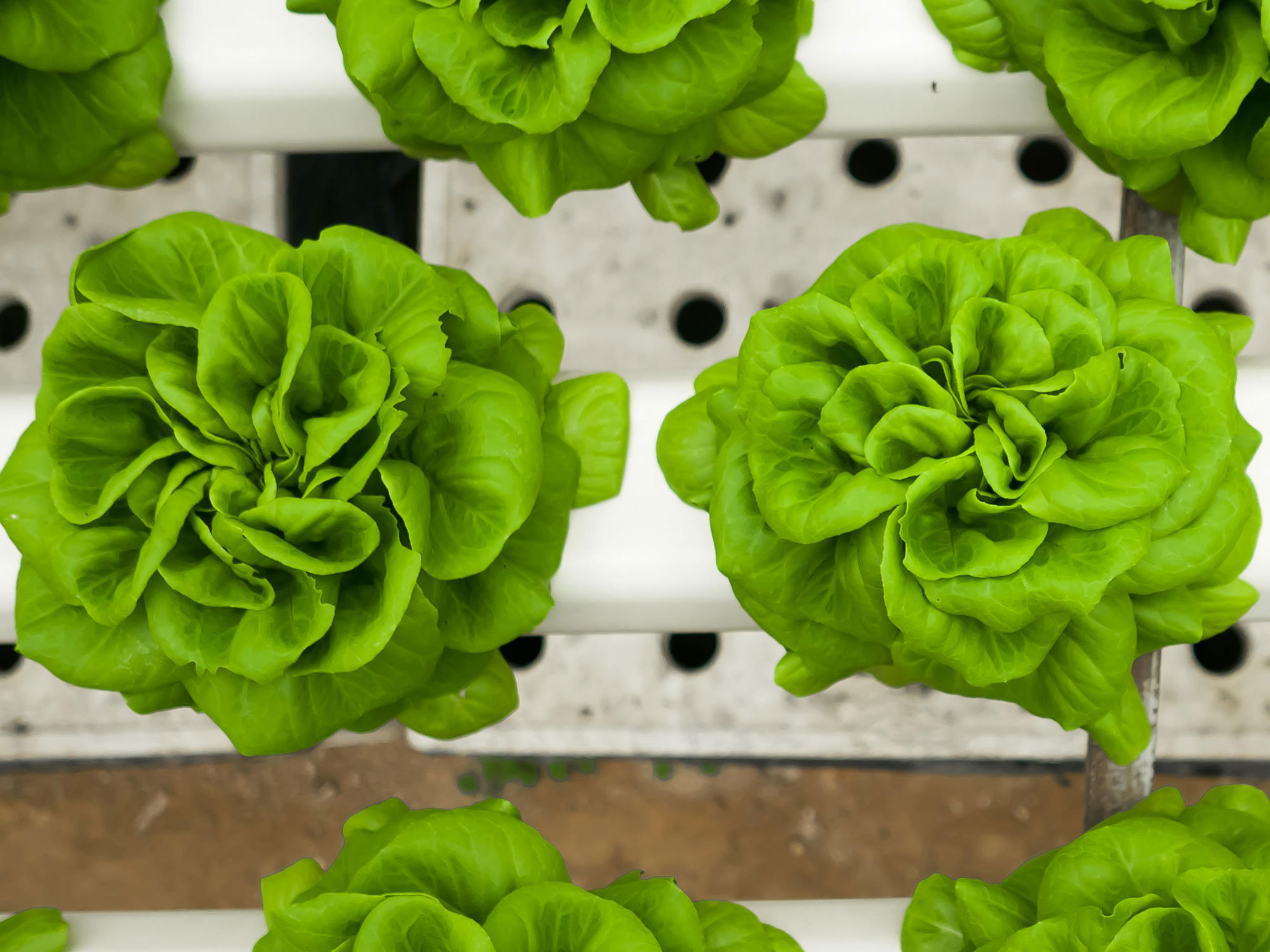
Lettuce is one of the easiest hydro crops
Growing your own hydroponic lettuce allows you to have fresh, crisp leaves all year round. It’s one of the most popular hydroponic crops to grow, and for good reason.
'Lettuce is one of the easiest crops to grow hydroponically,' says Travis Turgeon, owner of pottedexotics.com. 'It absolutely thrives in several different hydroponic systems, and can produce fresh, ready-to-eat produce in as little as three weeks.'
Most varieties of lettuce grow well close together and don’t need big rigs, explains Travis. 'Ruby is my go-to loose-leaf variety. It has glorious color and matures quickly. It also has no issue at all being harvested one leaf at a time.' Amazon sells these ruby lettuce seeds to get you going.
Travis also recommends the Little Gem variety of Romaine. It only reaches a height of around 6 inches and has sweet leaves. The butterhead Bibb lettuce is a real winner too as it has a good margin of error for beginner hydro gardeners. While it takes around two months to mature, the outer leaves can be eaten much earlier.
3. Spinach and other leafy greens
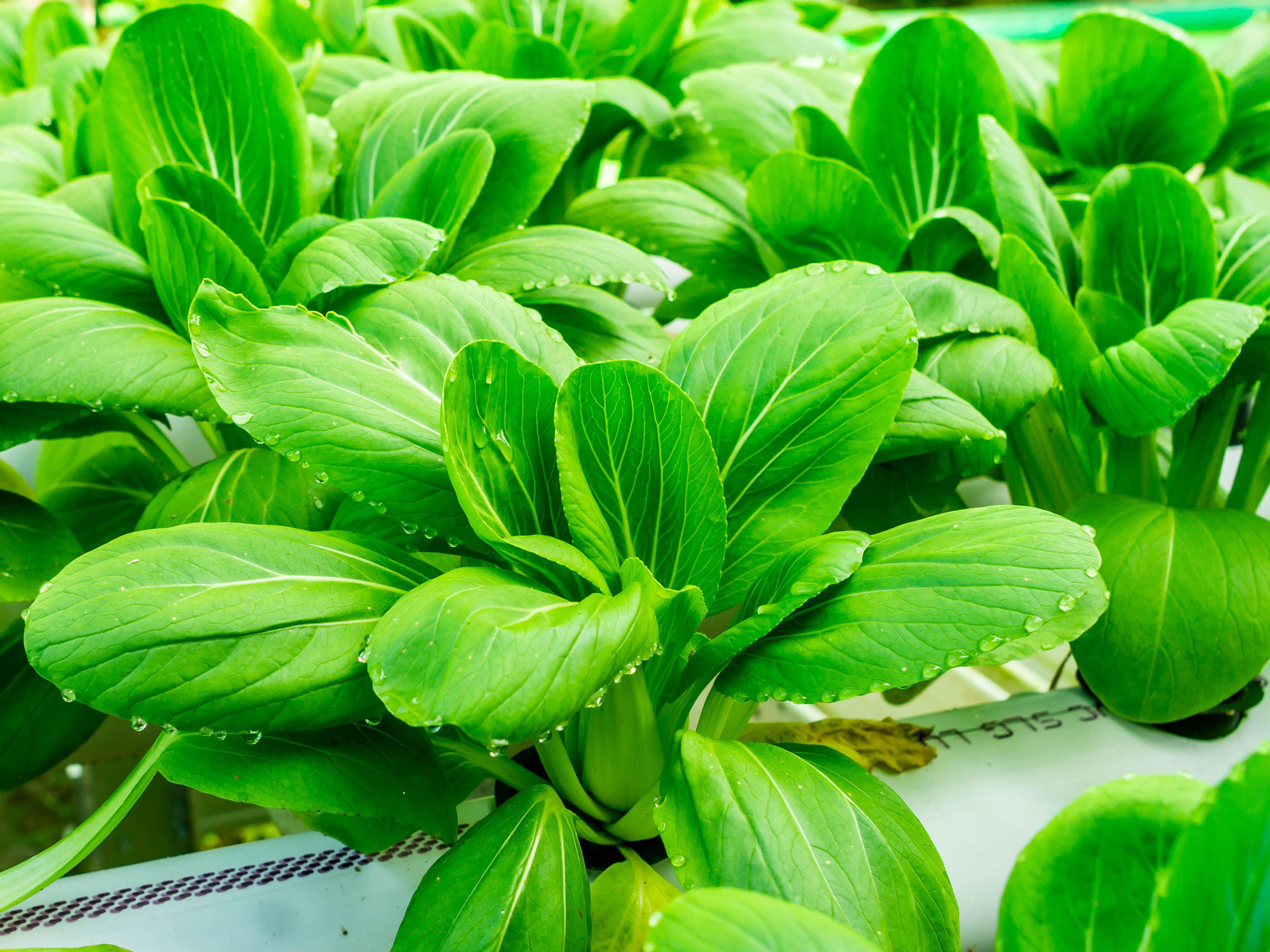
It takes about five weeks to get a decent crop of leafy greens
Hydroponic gardens are very well-suited to growing greens like spinach, kale, and chard - using this method turns them into vegetables you can grow indoors all year. 'These plants have small root systems which don’t require a large volume of growing medium,' explains Mary Jane Duford.' Growing hydroponically also allows for controlled inputs, year-round production, efficient use of space, and isolation from soil-borne diseases and pests.'
Growing hydroponic spinach at home can produce an edible crop from seed to harvest in just five weeks. There are several tips to follow to get the best results. Always use fresh seed and put it in the fridge for one to three weeks before sowing as many growers think this produces healthier plants. Keep seeds moist and sow seeds every two weeks so you can harvest continually - they're pretty low maintenance plants for indoor gardening.
'Spinach is a long-day plant that starts to flower and bolt when it gets between 10-14 hours of light per day,' explains Breanna Sherlock, one of the in-house plant experts at Planta and a seasoned urban gardener. 'So if you grow it indoors under artificial lights it might be worth only having them on for 10 hours per day to get a good harvest.' This is because spinach leaves that bolt are bitter tasting.
4. Tomatoes
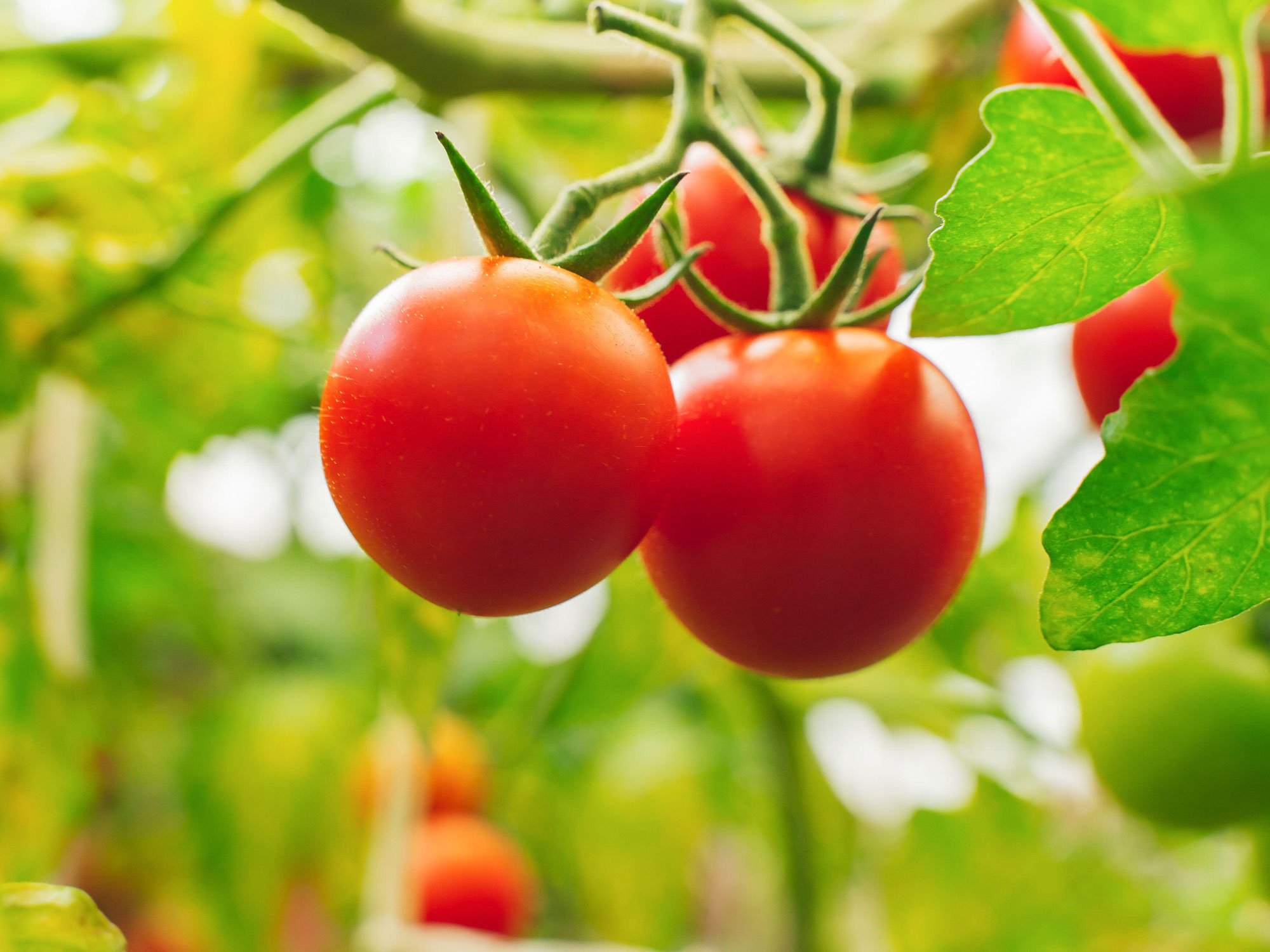
If you love tomatoes you can get them fresh year-round by growing hydroponically
If the conditions are right tomato plants are able to grow up to 50% faster hydroponically than they do in soil - ideal for apartment gardening for beginners as they yield great results. 'Tomatoes grow really well in all kinds of hydroponic systems, so whichever one you choose is really down to personal preference,' says Alice Benny of rurallivingtoday.com. 'We like the ebb and flow system, as it’s one of the most simple set-ups that you can easily build yourself.'
You can also expect between three and 10 times the yield compared to traditional methods. Look for dwarf tomato plants, often called ‘patio’ or ‘baby’ varieties, which can be grown with great success indoors with proper lighting and nutrients.
Tomatoes are heavy feeders though and will need an adequate supply of nutrients. Look out for a fertilizer that is high in nitrogen (N), phosphorus (P), and potassium (K). Tomatoes also need other nutrients, such as magnesium, so see if your local garden center sells a package for tomatoes that covers them all.
5. Cucumbers
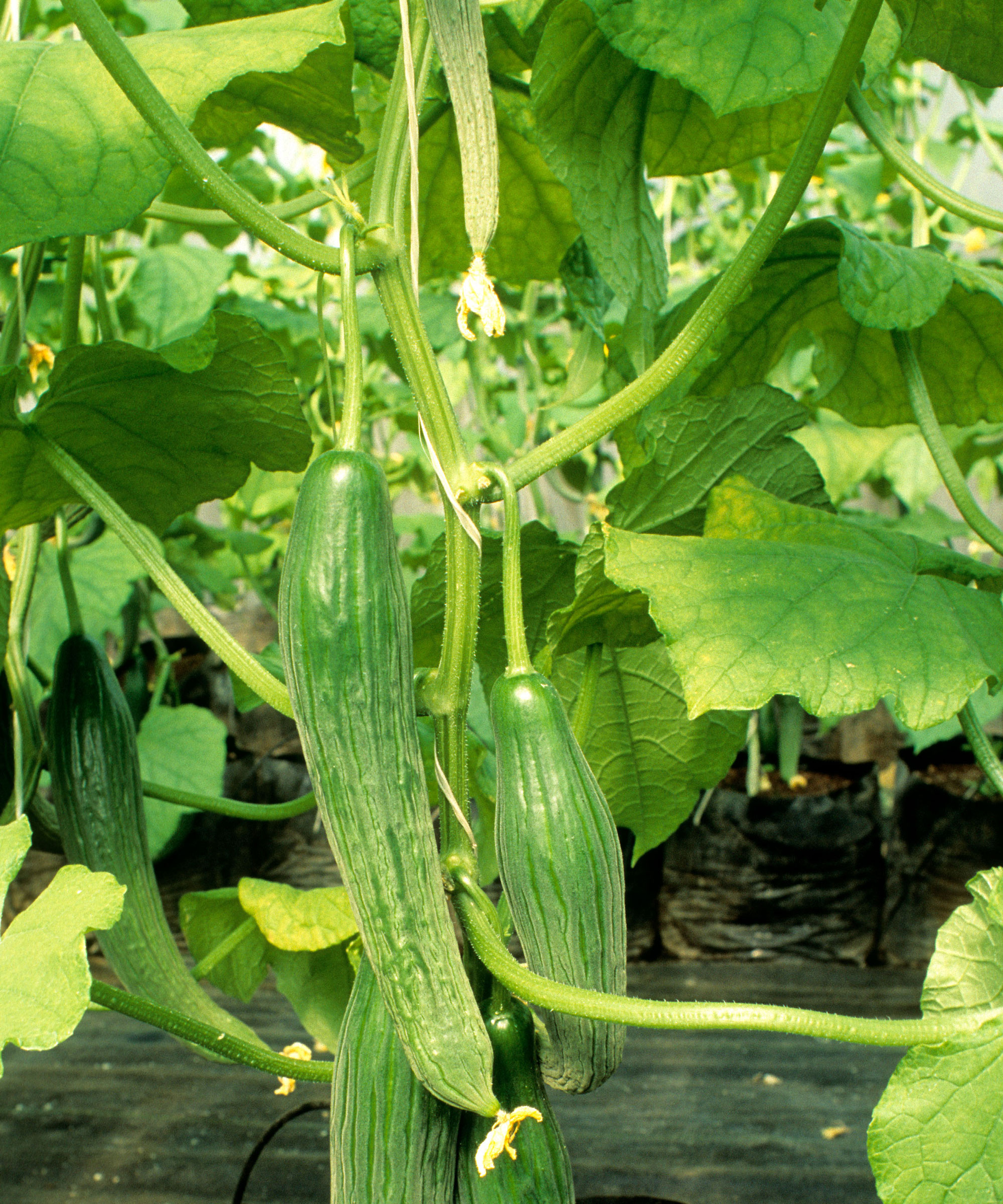
Smaller bush varieties of cucumber (rather than vining ones) are best for hydroponic gardening
Growing cucumbers hydroponically is a great way to maximize your crop if you have limited space in an urban location.
You can grow just about any kind of cucumber hydroponically. Bush types such as this 'Champion' variety from Burpee are a good choices as they take up only around one-third of the space of vining cucumber plants. 'You won’t believe your harvest from these pint-sized plants,' says Burpee commercial director Andrew Mellowes. 'These super cukes are top for productivity, flavour and good adaptability.'
Hydroponically grown cucumbers prefer either an ebb and flow or deep water flow system. They need a lot of warmth and light to grow, at least 12-14 hours of light each day, so you might need some grow lights.
They are heavy feeders too. Use a hydroponic nutrient solution high in nitrogen when you first propagate your plants, but as they get older, you’ll want to increase the frequency and strength, and use more potassium and phosphorus.
6. Strawberries
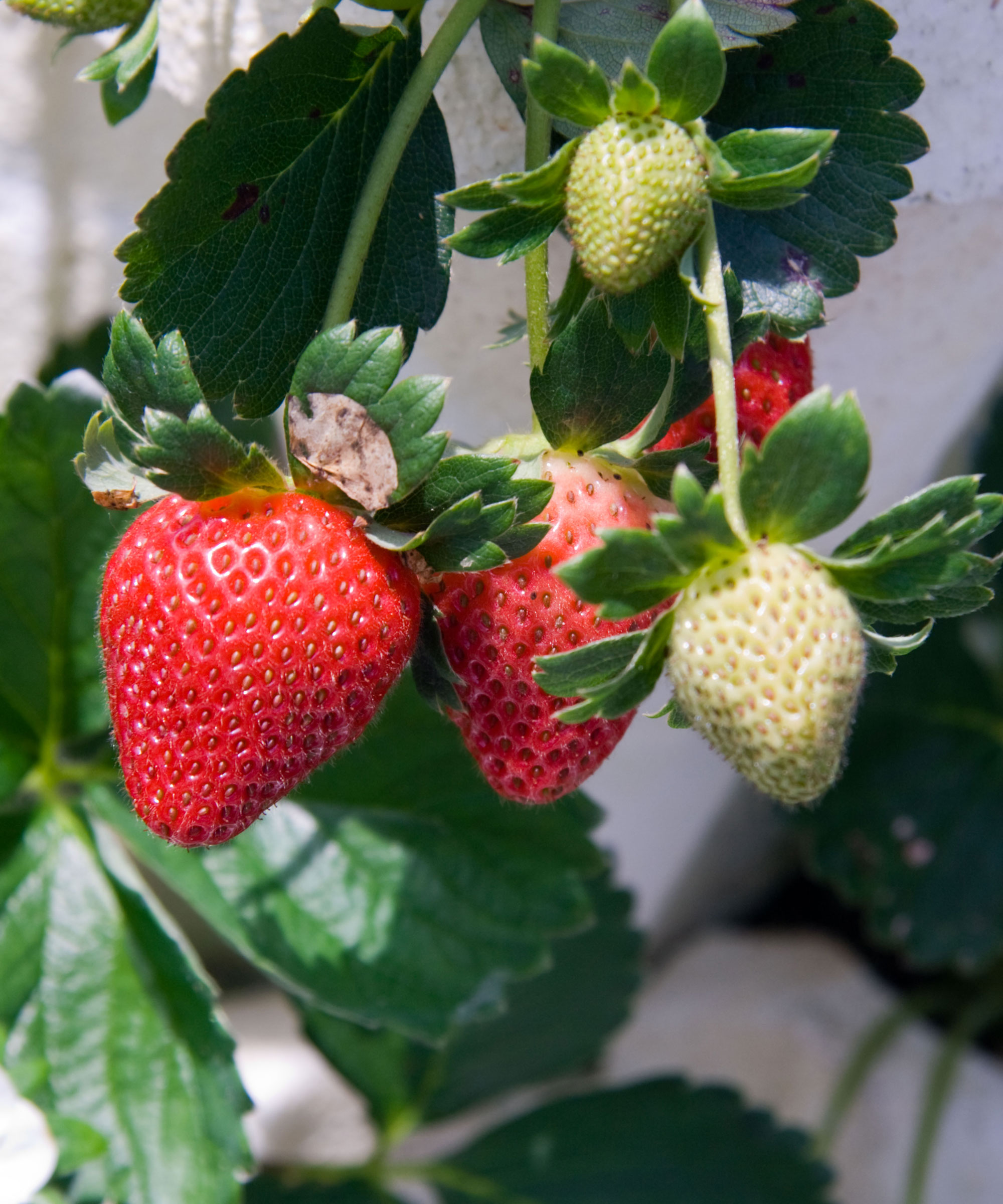
Grow strawberries hydroponically and they won't need pesticides
Let's count the ways hydroponic gardening is good for strawberries. First it eliminates the pests that thrive in soil, which means hydroponically grown strawberries don't need pesticides. In addition they don't have to compete with weeds growing in soil and stunting their growth. Best of all, hydroponics lets you grow them at any time of year even in winter.
Strawberry plant containers can be stacked vertically in a hydroponic system, saving space and making them easier to tend to instead of you crawling around at ground-level if they're growing in soil.
The two most common methods for growing strawberries hydroponically are the nutrient film technique and the ebb and flow system. The key nutrients necessary for healthy strawberry growth include nitrogen, potassium and phosphorus. Look out for varieties like 'Albion' and 'Mara de Bois' for reliable bumper crops.
Strawberries are an easy way in to growing fruit hydroponically. Get the hang of it then you can move on to try other fruits like raspberries and blueberries, as well as watermelon and canteloupe.
7. Houseplants like spider plants and peace lilies
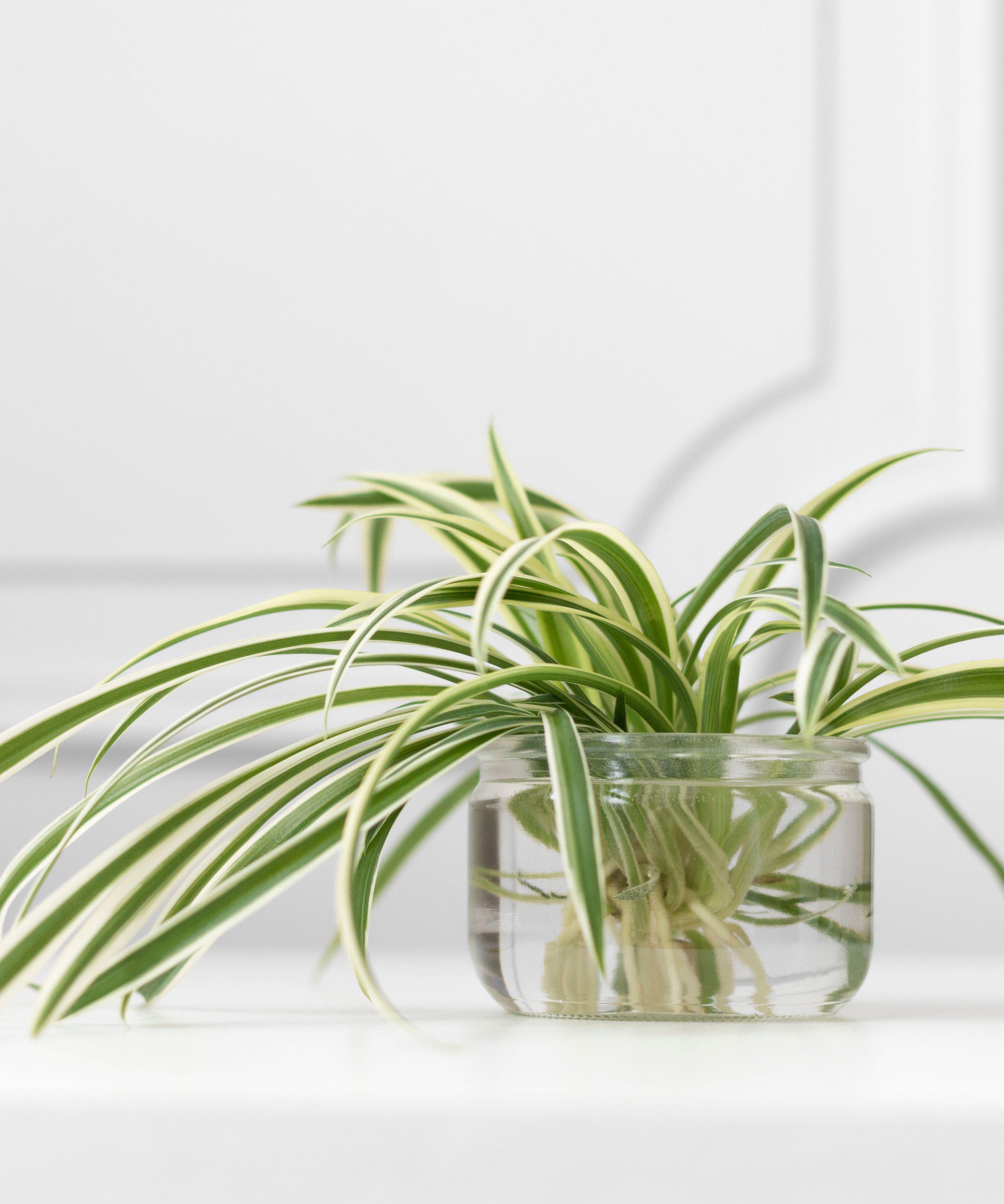
It's easy to multiply your houseplant collection using hydroponic growing methods
Indoor plants are an excellent choice for hydroponic culture. There are many common houseplants that can be grown without soil, which means it's easy to multiply your plant collection.
Houseplants will have different nutrient and temperature requirements you need to be aware of though. 'It can be a bit more difficult to find success growing some houseplants hydroponically in the long term if the pH and nutrients aren’t balanced,' explains Breanna Sherlock. 'But others, like pothos and peace lilies, are relatively well-adapted to this type of growing without issues.'
Take a few cuttings with a node from the plant you want to grow to start a hydroponic collection of peace lilies or pothos, as well as other common indoor plants like philodendron, spider plants and money tree plants. Many orchid varieties also prefer the steady conditions offered by hydroponics.
8. Flowers
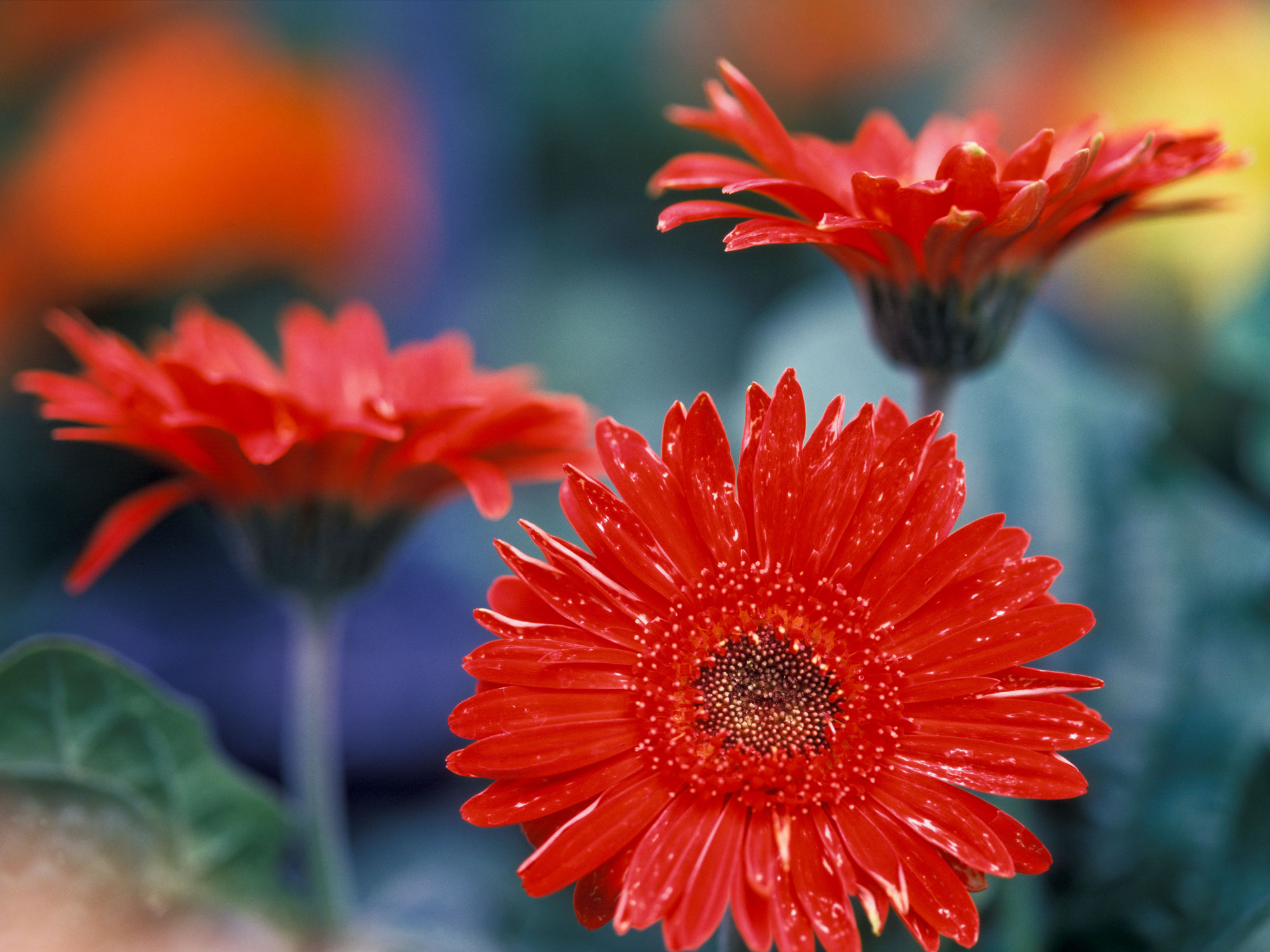
Gerbera daisies are an easy choice for hydroponic growing
Growing flowers indoors gives you complete control over the climate and nutrients available to your plants. If you like quick results, try cultivating flowers hydroponically as they grow up to 50% faster. Growing them this way also lets you focus on each variety of flower and give them the exact conditions they like with no weeds, diseases or bad weather to trouble your blooms.
You will get more flowers too with a carefully controlled growing medium. Which flowers like growing hydroponically? 'Flowers like marigolds and dwarf sunflowers can grow successfully in hydroponic systems,' says Angelo Kelvakis.
In fact, many flowers on sale at your local florist will have been grown this way. because of the higher yields. Long lasting gerbera daisies thrive particularly well in a hydroponic system.
Hydroponic kit to buy right now and get you started
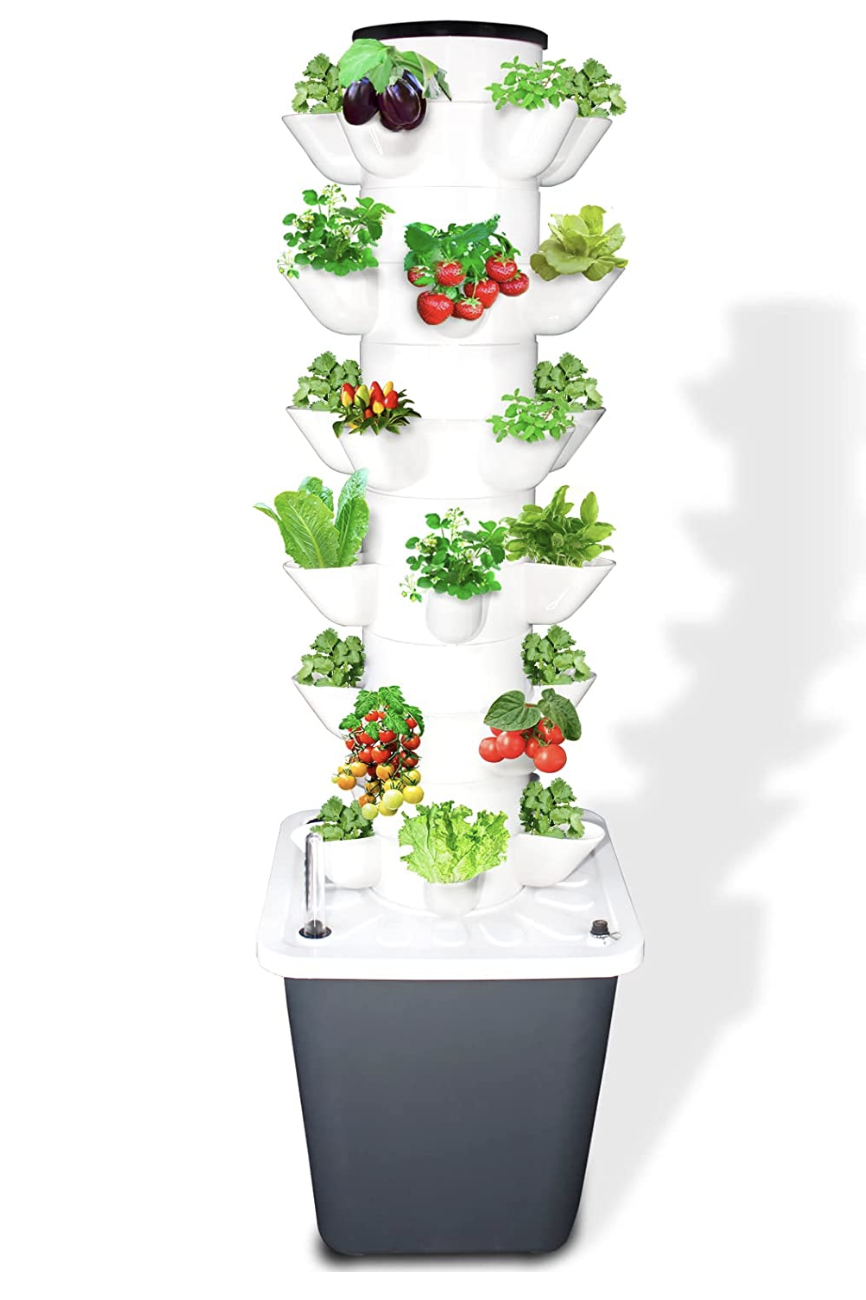
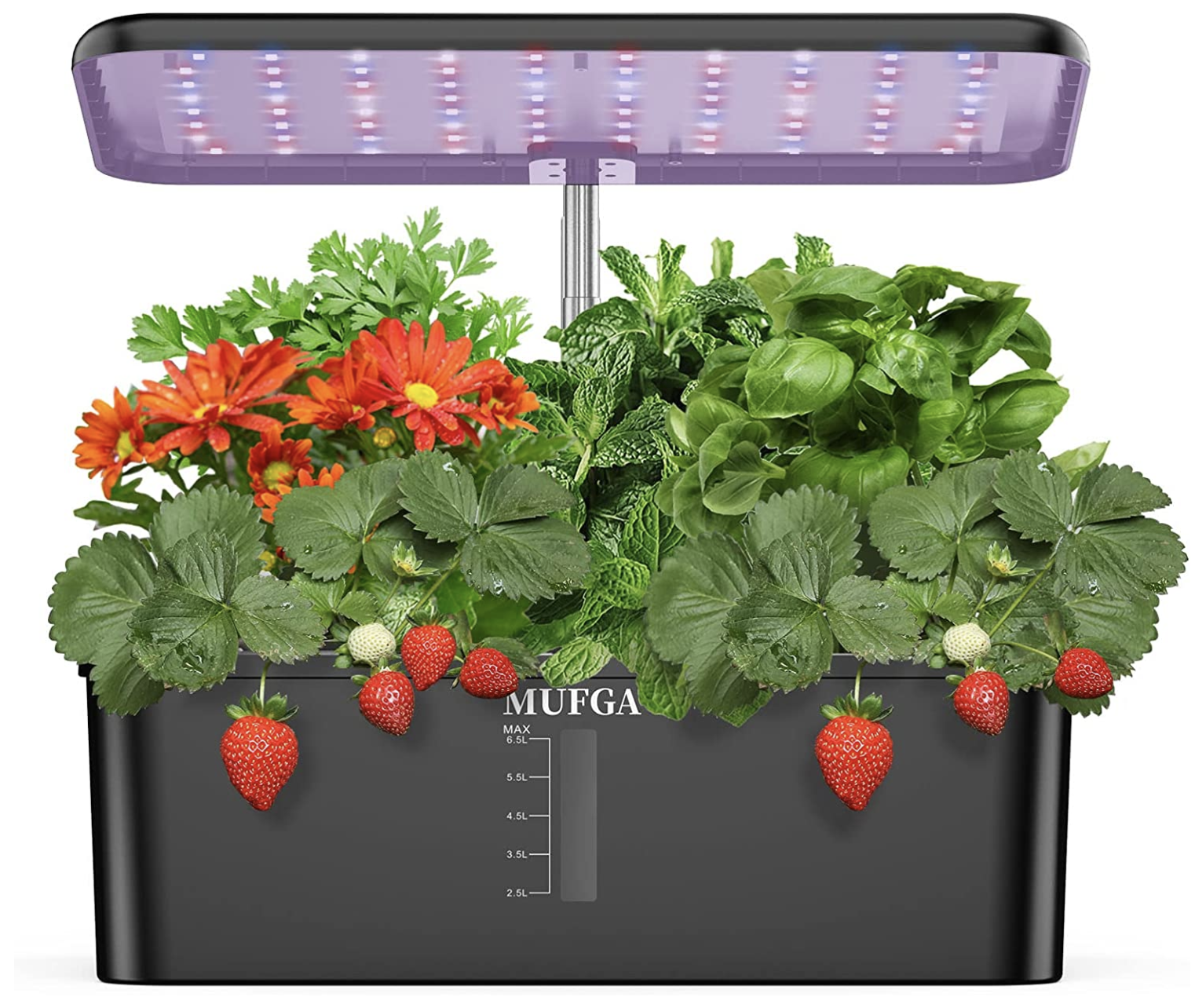
Be The First To Know
The Livingetc newsletters are your inside source for what’s shaping interiors now - and what’s next. Discover trend forecasts, smart style ideas, and curated shopping inspiration that brings design to life. Subscribe today and stay ahead of the curve.
Lifestyle journalist Sarah Wilson writes about flowers, plants, garden design and trends. She has studied introductory garden and landscape design and floristry, and also has an RHS Level 2 qualification in the Principles of Plant Growth and Development. In addition to homesandgardens.com and livingetc.com she's written for gardeningetc.com, Real Homes, Modern Gardens and Country Homes & Interiors magazines. Her first job was at Elle magazine, during which time a trip to the beautiful La Colombe d'Or in St-Paul-de-Vence led to an interest in writing about all things botanical. Later as lifestyle editor at Country Homes & Interiors magazine the real pull was the run of captivating country gardens that were featured.
-
 The 'New British' Style? This Victorian London Home Embraces Its Owners' Global Background
The 'New British' Style? This Victorian London Home Embraces Its Owners' Global BackgroundWarm timber details, confident color pops, and an uninterrupted connection to the garden are the hallmarks of this relaxed yet design-forward family home
By Emma J Page
-
 Muji Living Room Ideas — 5 Ways to Harness The Calming Qualities of This Japanese Design Style
Muji Living Room Ideas — 5 Ways to Harness The Calming Qualities of This Japanese Design StyleInspired by Japanese "zen" principles, Muji living rooms are all about cultivating a calming, tranquil space that nourishes the soul
By Lilith Hudson